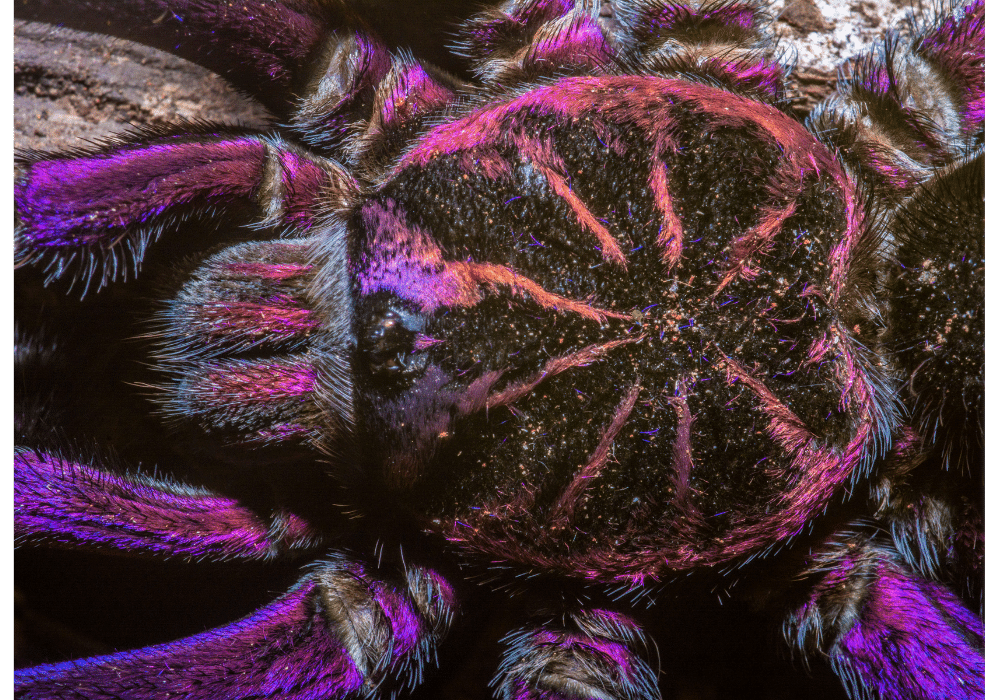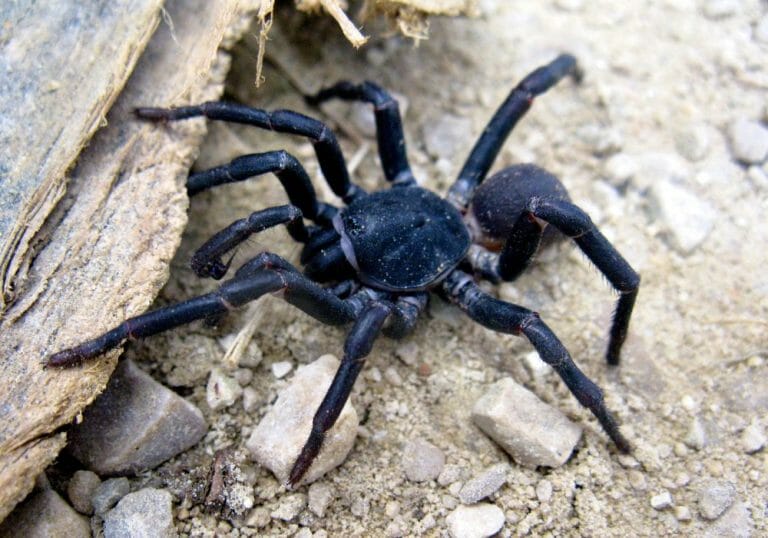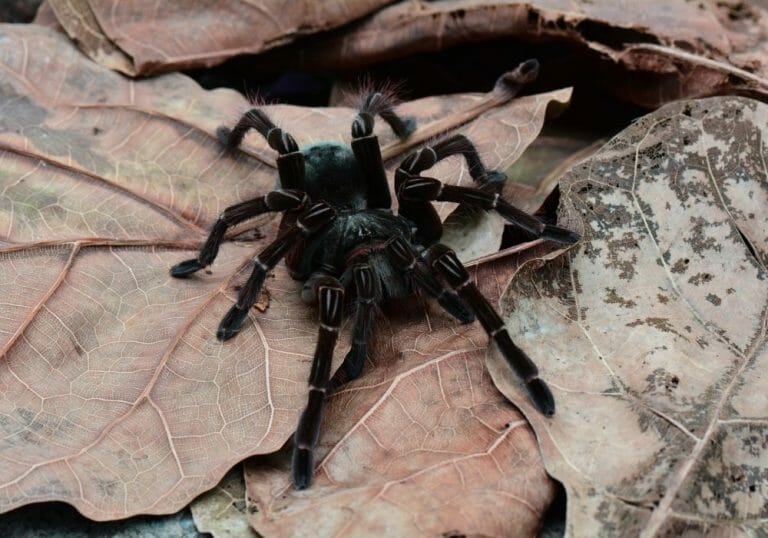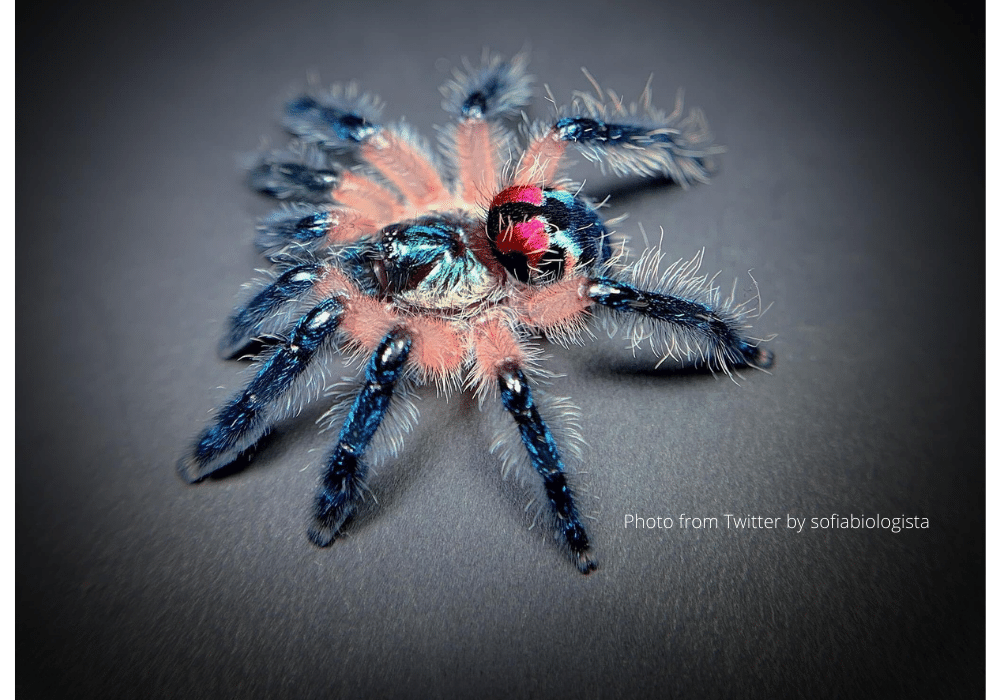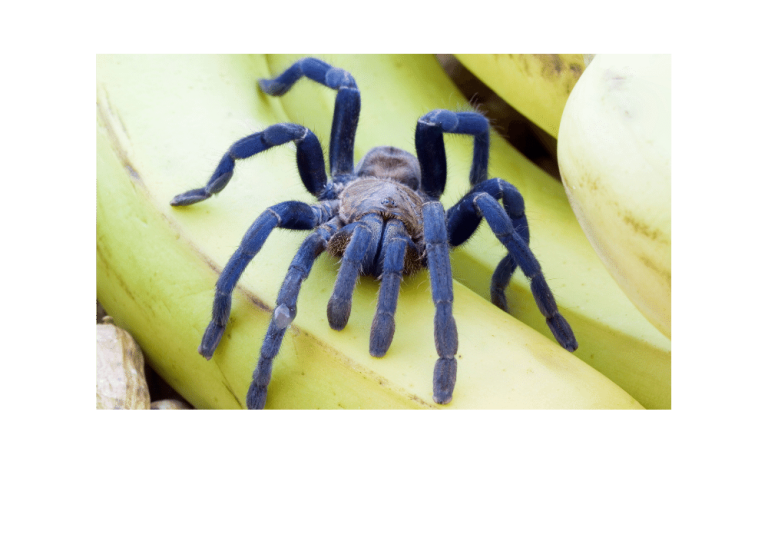Purple Bloom Tarantula – All Facts
Background
Purple bloom, alternatively referred to as “Pamphobeteus sp. Machala,” is an extremely rare bird spider. It is unusual in terms of size and coloration. These tarantulas are found in South Ecuador. The other name for this tarantula is “Brazilian Pink Bloom.” Machala Pamphobeteus sp. is one of the largest tarantulas. Most hobbyists enjoy purchasing and keeping them as pets; thus, it would be the most frequently demanded tarantula.
The tarantulas of this species are large, fast-mounting, and brightly colored. Males shine brightly with their magnificent purple palette. On the other hand, females lose their vibrant colors as they mature.
Their ancestors are old-world tarantulas, and they have the same traits. Females have darker browns and neutral colors. The skin has a distinctive pattern of Christmas trees. They, like all tarantulas, possess urticating hairs on the abdomens. These hairs irritate and cause allergies, particularly around the eyes and face. As a result, they will retreat or run away if they sense danger.
The Scientific Name
Pamphopeteus sp Machalla
Identification and Physical Description
- Size, They can grow to a max length of approximately 5 cm (2.0 in).
- Color, The body is a dark brownish-purplish black, with lighter hairs.

Other Features:
Except for the cephalothorax and the abdomen, the body is covered in fine, velvety hair.
1. Eggs
Females lay approximately 120 eggs inside a cocoon after the active mating with the male. The mother spider protects the cocoon until the spiderlings are ready to emerge.
2. Spiderlings
Around 50 to 120 nymphs emerge after 6 to 8 weeks, as not all produce eggs successfully. The female looks after the young spiders until they are mature and ready to search for their food.
3. Geographical Distribution
Purple Blooms are typically found in southern Ecuador’s warm, tropical regions. They are frequently found in Machala.
4. Natural Habitat of Preference
Because these tarantulas are situated in densely forested areas, they require a somewhat warm, steamy environment to thrive in their natural habitat. The optimal temperature range for the habitat is 24 – 28℃ during the day and 20℃ to midnight at night. And they require temperatures between 16 and 21℃ in the winter, as the Purple Bloom tarantula is a worldwide species and likes to live on trees and branches.
5. In The Wild, Preferred Food
Purple blooms are voracious eaters. It feeds on fruit flies, pin-headed crickets, roaches, and maybe even locusts in the wild. Typically, this tarantula burrows into its hiding location before attacking its prey.
6. Temperament
Purple Bloom is a semi-aggressive species. In most cases, if you don’t try to irritate them, spider-lings will not hurt you unless they are triggered.
At night, the Purple Starburst emerges from their homes. These spiders frequently drop venomous hairs. They are not aggressive, but they may adopt a threat attitude from time to time. Age also impacts behavior, and they get calmer with age. The tarantula’s venom is not harmful due to its huge fangs.
When threatened, however, the species immediately flicks its urticating hair and begins frightening you. Aggressive handling can cause a bite.

7. Pet Feeding
Small fruit flies and pinhead crickets should be fed to Purple Bloom as spiderlings if you want to keep them as pets. As they mature, you can increase their feeding frequency to three times per week or more. Adult and juvenile blooms feed on cockroaches, locusts, and larger crickets. Avoid overfeeding your tarantula. Also, remove a prey if the spider hasn’t eaten it in the last 48 hours.
8. Life Span
Female Purple Bloom Tarantula species live in captivity for approximately 8 to 12 years, while male Purple Bloom Tarantula species live for only five years.
Terrariums
This Purple Bloom tarantula is a popular terrarium pet due to its remarkable appearance, notably its exceptional size for spiders. However, unlike other tarantulas, it is rarely accessible in stores; therefore, demand frequently outweighs supply.
Other than their look, interested parties have a positive impression of how predictable they are compared to other tarantulas in terms of their essence. However, it is critical to maintaining deep and digging soil and, if feasible, a hiding place for the spider due to the digging habits.
Finally, their native tropical habitat’s humidity and temperature should be replicated.
Is the Purple Bloom Tarantula Poisonous?
These Purple Tarantulas aren’t poisonous, although they might cause minor symptoms like rashes, redness, or moderate swelling in their bitten area.
These are old-world tarantulas, and while their primary defensive mechanism is to flee or run, they can utricate the bristles on their abdomen, causing significant irritation and discomfort. Although the fangs are incredibly huge, the toxicity is not lethal. Although it is not a spider that should be handled, they are much more likely to adopt a defensive posture than an aggressive one.
Care Instructions for the Purple Bloom Tarantula
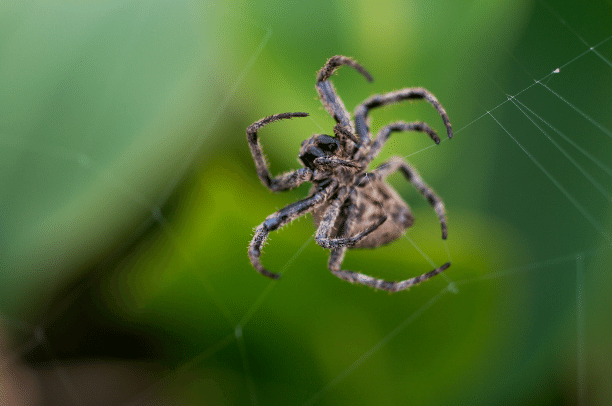
1. Purple Bloom Enclosure
As you are aware, the Brazilian Purple Bloom is a globally distributed species that requires a moderate-sized enclosure. The enclosure must have adequate ventilation and a high level of humidity. Because they enjoy living in their barrows, a few hiding spots are available.
If you’re considering keeping the Purple Bloom Tarantula as a pet, we recommend keeping it in a spacious enclosure (approx. 5 – 10 gallons). Ensure that the tarantula occupies at least half of the semi-moist substrate when selecting an enclosure. Your spiderlings should have adequate ventilation. Maintain a 70 – 75 degrees F temperature and relative humidity of 75 – 85 percent.
Purple Tarantula’s babies remain in a smaller habitat until they molt and are eventually transported to their permanent place after 2 to 3 molts. Therefore, we should maintain adequate lighting and ventilation within the enclosure. For the purple bloom Tarantula enclosure, cocoa howl substrate would be the best thing to use as a base. The container should retain a small number of artificial vines and a small water dish. Small hiding spaces are also required to keep the tarantula comfortable.
2. The Layout of a Pet Enclosure Habitat
Since these spiders are found in tropical forest areas, try to add a variety of branches, twigs, and leaves inside their enclosure. This will assist them in developing their private burrow.
3. Feeding of Pamphobeteus sp. Machala
Purple bloom tarantulas first feed on crickets and various Dubia roaches. These tarantulas usually eat insects, including flies, crickets, and different types of pests. This Tarantula species prefer neat, healthy food options that do not flee and have good habits.
Every two weeks, the water should be changed out. This will keep the humidity level high.
Pamphobeteus sp. Machala is a voracious eater due to its rapid growth. They live primarily in Brazil and Columbia, so they need a warm and sticky substrate to survive there.
Cockroaches, locusts, and huge crickets are insects these spiders enjoy eating. It is important not to overfeed your tarantula because this can lead to problems in the future.
Purple Bloom Tarantula Reproduction
Purple Blooms are often non-aggressive maters. This Purple Bloom tarantula is ready to mate after 4 to 6 weeks of molting. These spiders are tranquil maters during the process—the winter and autumn seasons are the most delicate times for mating. It is recommended that the temperature be maintained between 2 degrees and 18 degrees.
The eggs are not entirely fertilized after mating when the female is not entirely molting. Therefore, after getting the optimum temperature, gradually increase the humidity. This automatically initiates the female’s cocooning process. Typically, the female constructs her cocoon after 4-6 months after mating.
Breeding Tips for the Purple Bloom Breeders
When a Pamphobeteus sp. Machala mates, the process isn’t always as quick as it should be. Cannibalism may occur before or after copulation. Surprisingly, the spider begins building the cocoon when the humidity decreases and the temperature increases. If you do not follow these guidelines, your breeding results will likely be poor.
- Feed the female well before mating. To introduce males, avoid overeating.
- This Purple Bloom tarantula is ready to breed after 4 to 6 weeks of molting. Encourage the female not to mate while she is still molting.
- Remove the cocoon and keep the eggs at a humidity level of 60% with a 26-29 degrees temperature range.
Growth of Purple Bloom Tarantula
The majority of purple bloom spiderlings hatch from egg sacs measuring.75 to 1 inch in length. If the female tarantula is raised in the appropriate habitat, she will mature in 2.5 years, while the male will fully mature in 1.5 years. They require a suitable temperature and humidity level, as well as adequate nutrition, to develop properly. This tarantula proliferates and is dependent on proper feeding. The purple Bloom spider-ling can reach a height of 7.5 to 8.5 inches.
Bottom Line
The Purple Bloom tarantula belongs to the genus Tarantula, which contains most of the largest tarantulas in the world. Terrestrial tarantulas like this one are among the most popular and hard to get species in the pet industry today. The males of this huge, fast-growing tarantula are recognized for their brilliant coloration. Females are often larger, with brown and earth tones and spectacular Christmas tree-like markings on the carapace. It is an arboreal species that live in its natural habitats like tree cracks and crevices.
